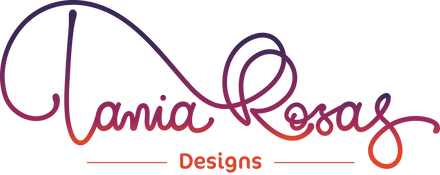Digital Art 101: Is Digital Art Right for You?
Hello my friends! Have you been curious about digital art but aren't sure if it's the right fit for you? It's a fantastic world to explore, but like any creative path, it comes with its own unique set of advantages and challenges. In this video, I'm diving deep into the pros and cons of digital art to help you decide if it's the right journey for your creativity.
The Cons of Digital Art: Things to Consider
Let's start by looking at some of the hurdles you might encounter when venturing into digital art:
- Initial Cost: The upfront investment can be significant. Equipment and software can range from around €400 to over €2,000, depending on what you choose. You'll also need an input device like a pen tablet or stylus, which can start from about €15.
- Learning Curve: Digital drawing can feel quite unfamiliar at first. You'll need to learn new software interfaces, adjust to drawing while looking at a screen (especially with pen tablets), and get used to how a stylus feels compared to a traditional pencil. It takes time and practice to feel comfortable!
- Workflow Shift: Digital art requires a different approach to creating. Unlike traditional methods where you might work from back to front, digital art uses layers that can be continuously edited and rearranged. Digital brushes also behave differently from physical tools, requiring intentional selection to mimic traditional effects.
- Tech Troubles: Like any technology, digital art tools can have issues. App crashes, insufficient memory, or tools suddenly not working can be frustrating. Be prepared for some troubleshooting, often by consulting online forums.
- Lack of Tangibility: Unless you print it, digital art remains on a screen. It lacks the tactile experience – the smell of paint, the feel of graphite on paper – that many traditional artists cherish. Printing itself can also be a new skill to master.
- Tied to a Desk: If your main setup involves a PC, digital art can tie you to your desk. This might be a downside if you're looking to disconnect from your computer, especially if you work from home.
- File Management: Without a good strategy, organising digital files can become time-consuming. I highly recommend investing in an external hard drive for backups!

Navigating the learning curve and potential tech issues is part of the digital art journey.
The Pros of Digital Art: Why It's Worth It!
Despite the challenges, digital art offers some incredible benefits that make it a powerful and rewarding medium:
- Long-term Cost-Effectiveness: After the initial investment, ongoing costs are minimal. You won't constantly be buying new paper, paints, or canvases like with traditional art supplies.
- Space-Saving: Digital art equipment takes up very little physical space compared to a full traditional art studio. All your work is stored digitally, freeing up your physical space.
- Speed & Efficiency: Once you're comfortable with the tools, digital art allows for much faster creation. Tasks like colouring can be done instantly, and layers mean you can test different ideas without starting a new drawing from scratch.
- Incredible Flexibility: Digital artworks are incredibly easy to modify. You can change ratios, sizes, colours, and rearrange layers with just a few clicks. This is fantastic for professional artists who need to show clients various design concepts.
- Easy Sharing & Publishing: Digital art can be directly published to your portfolio, social media, or shared with collaborators and clients. No need for high-resolution scanning or tricky photography, which can be a hassle with traditional art.
- Automatic Time-Lapses: Many digital art software automatically record your creation process, making it super easy to export time-lapse videos for content creation. This is much simpler than setting up complex camera rigs for traditional art!
- Undo & Non-Destructive Editing: Digital art allows for easy correction of mistakes with 'undo' functions (some software like Photoshop offer up to 50 steps!). Non-destructive editing using masks means you don't permanently delete parts of your artwork, giving you immense freedom to experiment.
- Assisting Tools & Endless Capabilities: Digital technology offers a vast array of tools. You can mimic any traditional drawing method, explore countless styles, and use practical aids like drawing assistants, rulers, and vector pens. Digital drawing can even be your gateway to more advanced hobbies like animation!

Experience the speed, flexibility, and endless possibilities of digital art.
My Take: Embrace Both Worlds!
For me, digital art has become an indispensable part of my creative workflow. However, I still absolutely cherish the tactile feel of traditional mediums for sketching and personal projects. The beauty is that you don't have to choose one over the other! Many artists, myself included, enjoy a hybrid approach.
I encourage you to give digital art a try. See what resonates with you, what helps you express your creativity most effectively, and what fits your lifestyle. The most important thing is to keep creating and enjoying your artistic journey!
If you are ready to take the next step, continue the Digital Art 101 Series and find out what you will need to get started with Digital Art based on your budget:
Happy creating!


